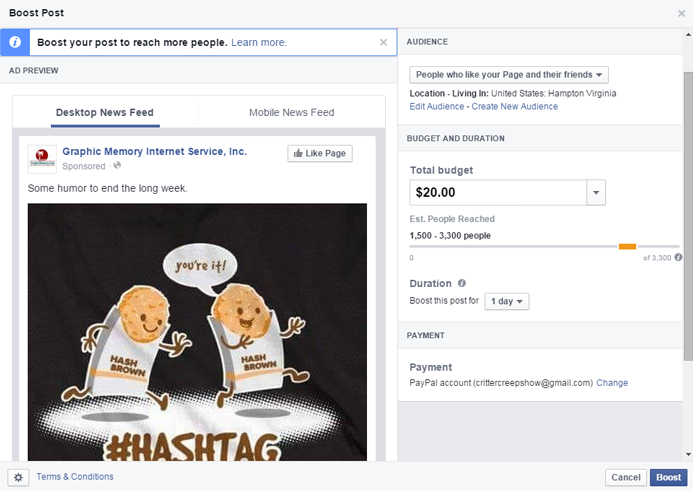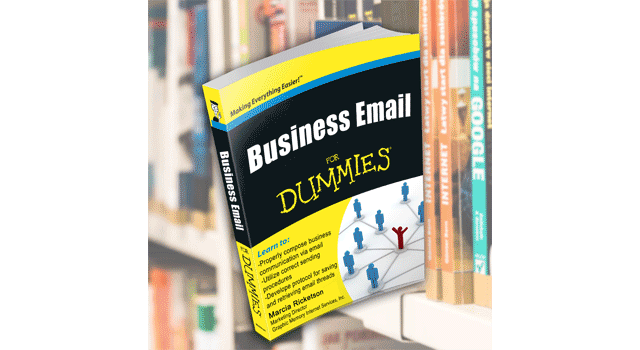I think everyone realizes Facebook and Google probably could tell us more about us than we know about ourselves based on our voluntary “signing in” and allowing them to track who we connect to, what we buy and what we are interested or involved in. I’m not so sure people are ready for that data to be blatantly exploited.
There is also talk of them being able to verify you and take it to another level of personalizing it so just viewing your profile will also prominently display every review you have ever posted; that even reviews from others for the same product or service will all tie in to also be viewed; or using your circle of friends and your collective habits for verification and other purposes that I can’t even imagine – but sure others have.
In addressing the fake reviews issue, Yelp has been trying several ways to combat this including the mention of IP tracking from a 2012 article. I can’t find solid evidence that Google and Yelp have actually implemented a filter to this extent. It makes sense that multiple reviews for an entity from the same IP address is an indicator of fake review submitting and can be prevented and penalized. If it is not in place yet, I would suspect it would be at any time.
How Has Mobile Changed All Of This?
Business directory and customer review sites have been online since the beginning of the Internet. Again, understanding the human nature aspect of the Internet, many out there have figured out that good local information was going to be a major factor for the Internet at some point. Many of these sites have come and gone over the years but I feel now the survivors are coming of age with some of their placement in search returns and the info they provide for mobile users. Best common sense scenario to use is being in an unfamiliar town and wanting to look up hotels, restaurants and things to do with reviews from others to help make decisions. Whatever online entity figures out best how to easily display accurate trustworthy information results and reviews will end up being the winner of this game. So far Google and Facebook appear to be leading the pack.
Start Your Customer Review Submission Habit Now
So what I am telling you is all indications are that all Internet marketing entities are touting the importance of getting your customers to submit reviews of their experience with your service or product. We are pushing our clients to start offering an incentive to any customer that takes the time to submit positive reviews to the most relevant review entities out there. Each submission can be a 15 minute task and you may be asking for several to be posted.
The review sites carrying the most clout today are Google+, Yelp, Bing, Manta, MerchantCircle, YP.Com and Insider Pages. Insider Pages may be the least known of these, but does a good job of disseminating their reviews to other review sites. There are other industry specific review sites to be listed in such as Houzz.Com and AngiesList.Com if you are a residential home improvement or service related business. You most definitely want to be in regional business listing and review sites typically run by your area newspaper, as well.
We are starting by making it easy for our client’s customers to directly submit a review from their existing company website. We are putting a widget in our client’s websites that have direct links to register and submit a review to whatever number of review sites that apply.
You only need to be proactive in making sure to offer an incentive for the customer to submit the review. Offer a gift certificate to a restaurant when the customer has demonstrated that they have submitted the reviews.
I would stress that if they only submitted to one – it would be Google+. Google+ is integrating reviews as part of your search results and Google Business listing. They are also taking these reviews more into account concerning indexing as things become more refined.
You also need to develop a strategy of checking review sites on a frequent basis to respond to negative reviews that may appear. All of them offer a means for the business owner to try and rectify or answer to a negative situation.
I would recommend getting customer reviews legitimately. Stay away from customer review contractors that are probably overseas entities or sitting down at your computer and submitting fake reviews yourself. This will do more harm than good if IP tracking is being used. Best practice is your customer doing this from their own computer and would strive for trying to get 3-6 separate reviews a month.
The goal with pushing your customers to give reviews is to demonstrate an active pursuit of feedback - especially if there is a consistent frequency of people submitting over time; responding to negative reviews professionally; getting more content online related to your business for indexing purposes; and the more positive varying reviews you have over different directory sites the better as reference back to your website.
References:
Why Yelp Is Fighting Fake Reviews with Public Shaming – October 23, 2012
5 Predictions About the Growing Power of Online Customer Reviews - August 28, 2014
Local Consumer Review Survey 2014 – July 1, 2014
Why Online Customer Reviews Will be More Important in 2014









 I never claimed all aspects of web development were glamorous, however these technical aspects are crucial for building a solid foundation. For the purpose of this particular step, I'll be referring mostly to brand new sites. If you have an existing site, you've already got your hosting and domain. Some tips may be valuable to you anyway, especially if you're considering major upgrades or branding changes.
I never claimed all aspects of web development were glamorous, however these technical aspects are crucial for building a solid foundation. For the purpose of this particular step, I'll be referring mostly to brand new sites. If you have an existing site, you've already got your hosting and domain. Some tips may be valuable to you anyway, especially if you're considering major upgrades or branding changes.
